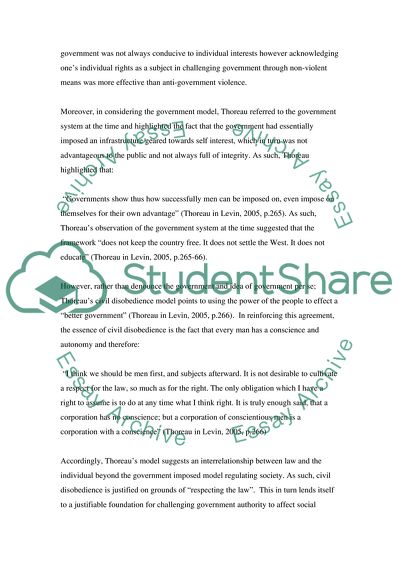Cite this document
(The Philosophy of Non-Violent Protest Essay Example | Topics and Well Written Essays - 2000 words, n.d.)
The Philosophy of Non-Violent Protest Essay Example | Topics and Well Written Essays - 2000 words. https://studentshare.org/philosophy/1729836-the-philosophy-of-nonviolent-protest
The Philosophy of Non-Violent Protest Essay Example | Topics and Well Written Essays - 2000 words. https://studentshare.org/philosophy/1729836-the-philosophy-of-nonviolent-protest
(The Philosophy of Non-Violent Protest Essay Example | Topics and Well Written Essays - 2000 Words)
The Philosophy of Non-Violent Protest Essay Example | Topics and Well Written Essays - 2000 Words. https://studentshare.org/philosophy/1729836-the-philosophy-of-nonviolent-protest.
The Philosophy of Non-Violent Protest Essay Example | Topics and Well Written Essays - 2000 Words. https://studentshare.org/philosophy/1729836-the-philosophy-of-nonviolent-protest.
“The Philosophy of Non-Violent Protest Essay Example | Topics and Well Written Essays - 2000 Words”. https://studentshare.org/philosophy/1729836-the-philosophy-of-nonviolent-protest.


